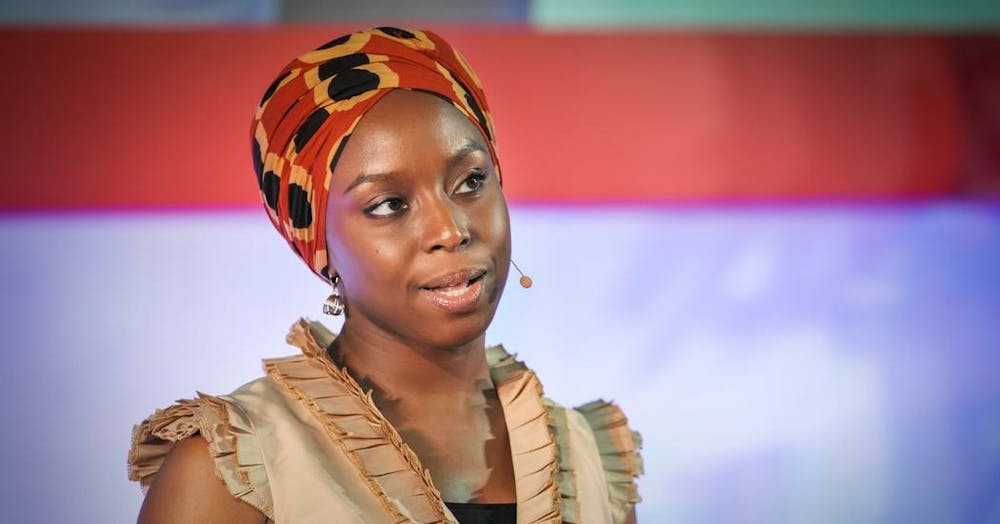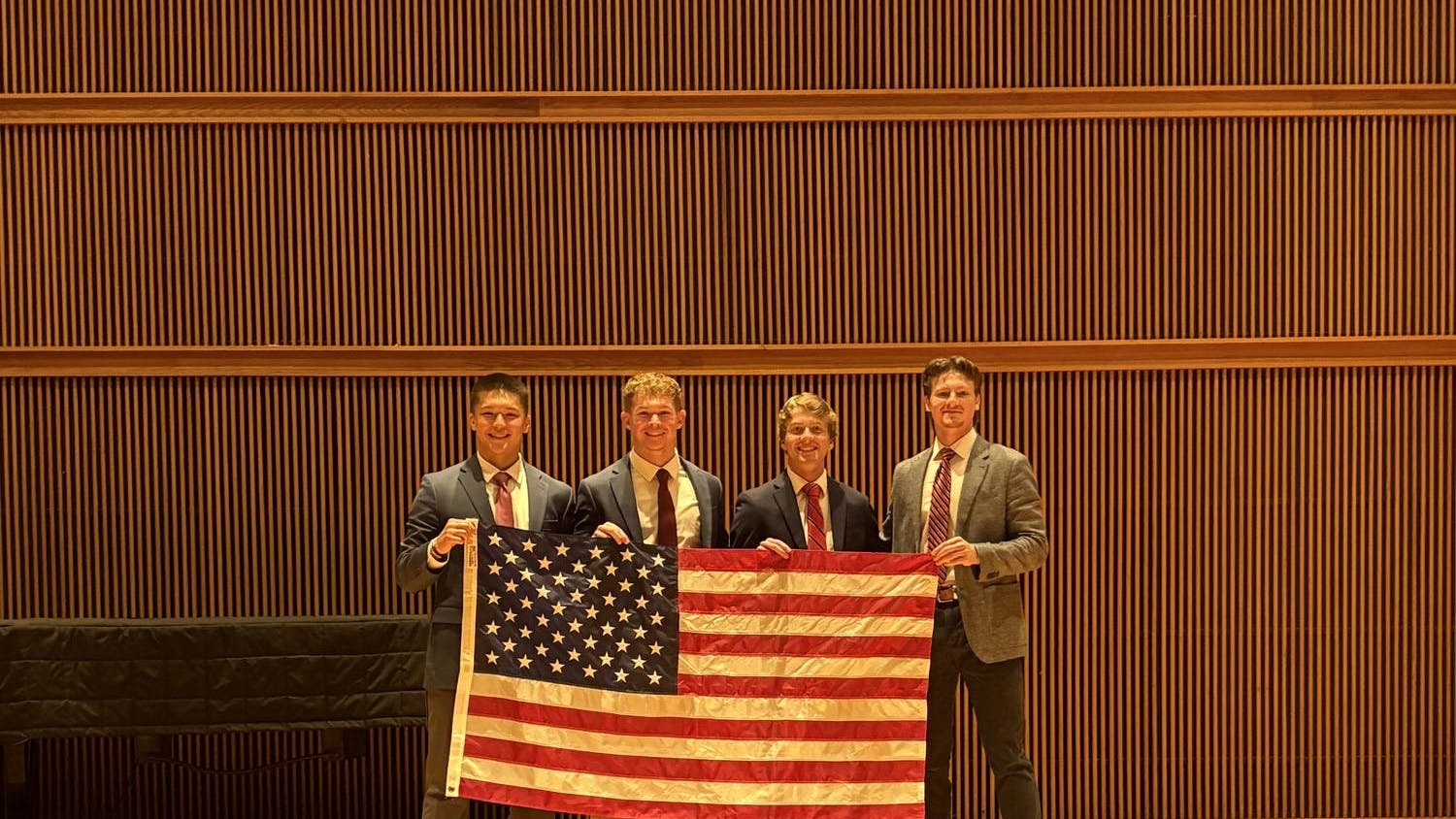Since October 2009, Chimamanda Ngozi Adichie’s TED Talk, “The Danger of A Single Story” has accrued over 9 million views. It is safe to say that many of those viewers have been Taylor students.
This is for good reason. Adichie has a lot of valuable things to say; perhaps the most striking is the speaker’s own instances of having a single story of something. I have a vivid memory of this because I have been asked to watch this same TED Talk many times over the course of my college experience.
“I remember the first time I watched (the TED Talk) I was really moved and thought it was an important story that more people should hear,” senior Tarah Zumbrun said. “Probably around the fifth time I had to watch it, I thought, ‘This is so ironic,’ because the woman in this video is telling people to listen to more than one person, to more than one story from each person, and, by only listening to her story, we’re doing the exact opposite of the meaning of the video.”
We watch this TED talk a lot because it does two things really well.
The first is to calmly and without judgment introduce people to the concept that we are all guilty of carrying around stereotypes about others.. The second thing “Danger” does well is to provide an actionable way to combat stereotypes, which is to seek out other stories.
While I think Taylor has made good use of the first strength of this video, it has not made good use of the second.
This video is meant to be the catalyst to learning about diversity. However, in most of the instances where I have been asked or assigned to watch this video, it has been in a semester-long class or for a year-long leadership position. The video was followed up with an approximately 30-minute long conversation and then was never or rarely revisited.
We are collectively missing the main point of “The Danger of a Single Story” — that there are many resources for intercultural awareness and we should challenge ourselves to seek them out.
The most dangerous part of repeating this TED Talk to such an extreme degree is that it poorly equips students for intercultural awareness.
To put it plainly, expecting a single TED Talk to cure all stereotyping is equivalent to asking someone to read the safety procedures in the seat pocket of their flight and expecting them to fly a plane.
We need to follow the advice that Adichie gives in her talk. We need to take in more varied stories and perspectives. Furthermore, we should be pointing others towards those resources as well.
For my part, some of the resources that have been the most helpful to me for gaining a greater appreciation for diversity are “Beloved” and “The Bluest Eyes” by Toni Morrison, “Between the World and Me” by Ta-Nehisi Coates, “Heart Berries” by Terese Marie Mailhot, “Felon: Poems” by Reginald Dwayne Betts, “Exit West” by Mohsin Hamid, “The Will to Change” by Bell Hooks, “The New Jim Crow” by Michelle Alexander, “The Arab Winter” by Noah Feldman and most recently “On the Spectrum” by Daniel Bowman Jr., associate professor of English at Taylor.
These are just a few books that do not even begin to cover a fraction of the stories that lend a deeper understanding of the world. There are also many TED Talks specifically about diversity.
Some TED Talks suggested by senior Ashley Anderson are “How to Get Serious About Diversity in the Workplace” by Janet Stovall, “How Diversity Makes Teams More Innovative” by Rocío Lorenzo, “Let’s Stop Talking About Diversity and Start Working Towards Equity” by Paloma Medina, “The Surprising Solution to Workplace Diversity” by Arwa Mahdawi, “Why Cultural Diversity Matters” by Michael Gavin, “It’s (Past) Time to Appreciate Cultural Diversity” by Hayley Yeates and “Why We Have too Few Women Leaders” by Sheryl Sandberg.
There are maybe too many examples here but it is to prove a point. There are more resources about diversity than there is time for any person to view or read each of them once. So why are we watching the same video on loop?
“We should be really seeking out different voices, different perspectives, different opinions,” Zumbrun said. “By just taking this token video, this token African woman, and telling her story we are diminishing millions of other people’s perspectives.”
Valuing diversity is admirable. But our values reach only as far as our actions. If we say we value expanding our worldviews but are only as committed as it takes to watch the same 18-minute video a few times a year and nothing else, we are not committed to diversity — we are only doing the bare minimum to make ourselves feel like we are trying. And that is not diversity at all.




